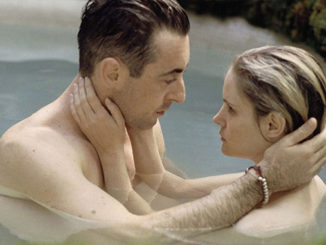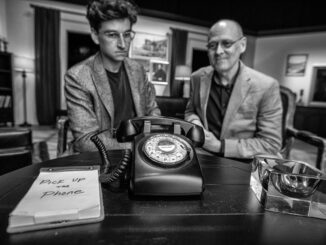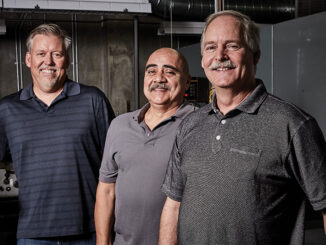
by Michael Kunkes
It’s no accident that producer Todd London got to supervise the post-production workflow on The Pacific. He certainly has the lineage. A former Guild assistant editor on TV’s Columbo and Murder She Wrote before turning to producing, London’s father is Guild picture editor Jerry London, who edited Hogan’s Heroes in the 1960s, assisted by a young Michael Kahn, A.C.E., a family friend to this day.
“I wanted a cutting room and post environment that could be 100 percent flexible for the high-level producers I was working with.”-Todd London
When London was readying The Pacific’s post-production workflow in 2007, he participated in two key decisions—to shoot the miniseries on film rather than acquiring it on emerging file-based systems, and to edit simultaneously with production in Australia, bringing along three editors. “I wasn’t trying to be groundbreaking, but I wanted the best available technology, and HBO gave me every piece of equipment I asked for,” he says. “I wanted a cutting room and post environment that could be 100 percent flexible for the high-level producers I was working with.”
The 35mm, 4-perf dailies were telecined to HDCAM SR 4:4:4 at 23.98 frames, with Digibeta and DVCam tapes simultaneously received by the editors, who cut on PC-based Avid Adrenaline systems in Australia. The editors then seamlessly switched to Mac-driven Avid Adrenalines back at Lantana in Santa Monica, California, while also using Final Cut Pro to do HD 4:2:2 assemblies. Videoconfer-encing and streaming cuts out of Australia were done via Sony’s Ipela HD visual communication system and a virtual private network (VPN) provided by Sohonet, which was also used to push dailies off to Los Angeles. Autodesk’s
Combus-tion and Adobe After Effects were used to create temp composites for visual effects or to adjust DPX frames for final. Online was done on Avid Symphony, then to an Avid DS and finally to Autodesk Smoke. da Vinci’s Resolve was used for HD color timing, with a 2K finish for negative archiving and film-out.
“On a project that goes for two and a half years, a lot of things can change along the way,” London states. “We talked about potentially acquiring the show on RED or Genesis cameras, but we would be shooting in far-ranging locations such as jungles and beaches, with technologies that were not so readily available in 2007 as they are today. My philosophy about post is to never say no. And for me, that meant getting the best, most dependable tools available.”






